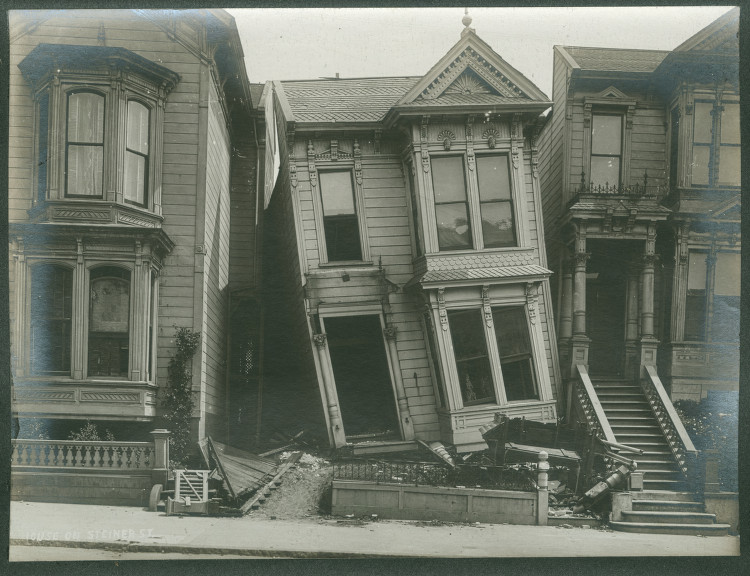The overall growth of many neighborhoods has been put on hold. The national economic crisis impacted numerous communities by increasing the number of foreclosed homes and creating devastating unemployment rates. In an attempt to revitalize distressed areas, developers bring in new businesses and construct new homes in under resourced areas. However, some development projects have the unintended consequence of pushing out low- to moderate-income households and small businesses.
One tool enabling residents to stay in their neighborhoods is Community Land Trust. Community Land Trust (CLT) were created nearly 30 years ago by Bob Swann with the Institute for Community Economics. CLTs help to transform vacant lots and abandoned buildings into affordable homes and commercial property. CLTs are also beneficial with decreasing areas that are magnets of crime and places that reduce property values for a community. This program is especially helpful for areas with limited green space by preserving the current housing stock. CLTs promote affordable housing since the entity owns the land and leases it out to residents on a 99 year renewable lease. This drastically cuts costs for homeowners and helps to build equity and good credit, making home ownership more attainable. The land remains in the hands of the trust to ensure it is always benefiting the community. When a resident decides to sell their home within a CLT, resale provisions ensure the home will be sold at an affordable price to low – to moderate – income households.
In addition to CLTs promoting housing affordability and home ownership, the program also helps to stabilize and strengthen communities by providing solid roots for growth. CLTs prove to be successful in many cities, including locally in Chicago. In an effort to combat the gentrification taking place in the eastern portion of the neighborhood, West Humboldt Park created a CLT, The Frist Community Land Trust of Chicago, as a preventative measure to keep housing prices affordable. This CLT continues to be an active part of the community and has become a model for Community Land Trusts.
During the 2008 housing bubble, the foreclosure rate for homes in CLTs was less than one percent, compared to the national average of 3.3%. These statistics prove that any community can take advantage of the benefits created by CLTs. This tool is an opportunity for local residents to be active participants in the progress of their community. Further, it is a means to prevent future foreclosures and preserve the citizens’ vision for their community.
By Abigail Moore, Fair Housing Policy Research Assistant

